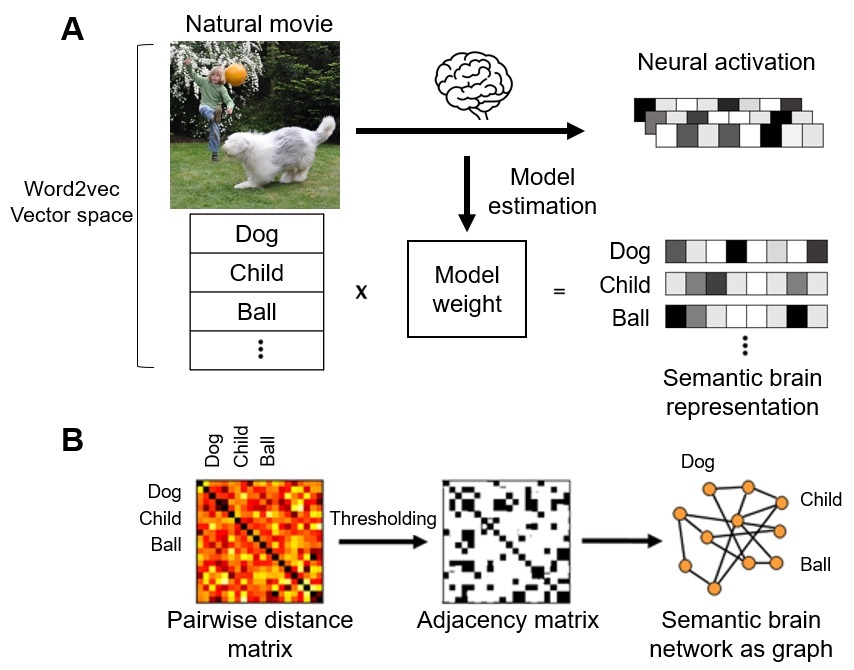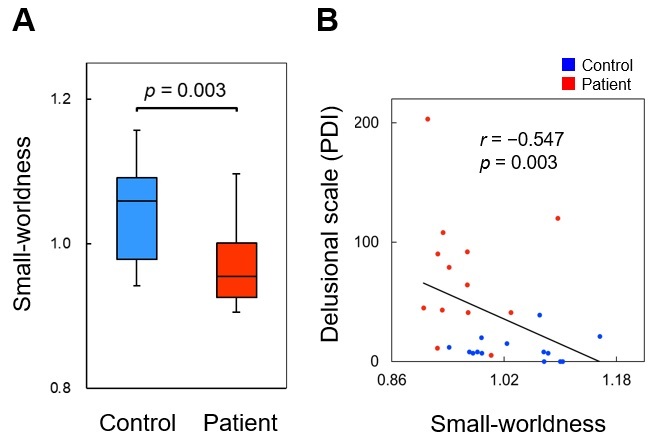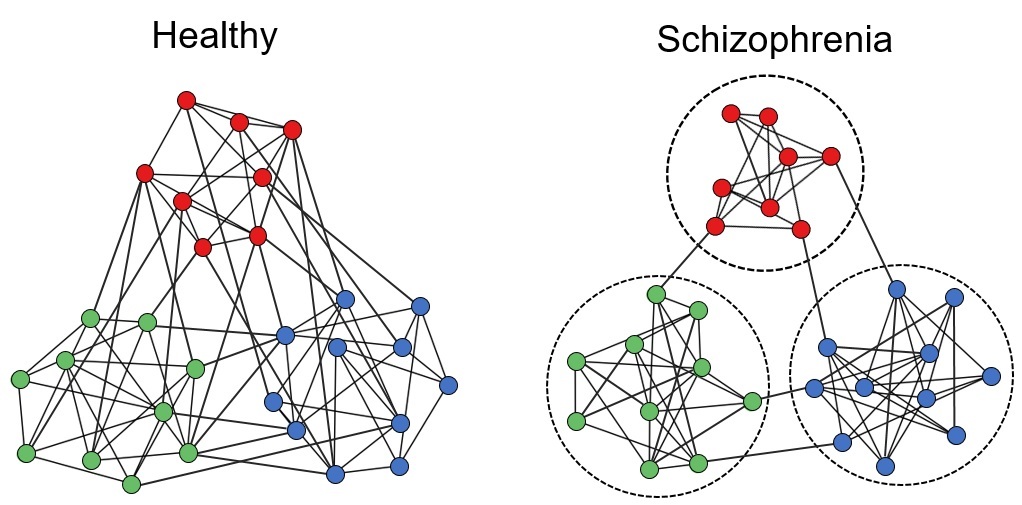Evidence showing the ‘loosening of associations’ found in schizophrenia
December 21, 2022
Researchers from Tokyo Medical and Dental University (TMDU) showed imaging evidence demonstrating the loose semantic associations found in schizophrenia
Tokyo, Japan- In a study published last month in Schizophrenia Bulletin, researchers from Tokyo Medical and Dental University (TMDU) revealed that the semantic networks in the brains of schizophrenia patients are very different from those in healthy humans.
Schizophrenia is a mental illness that usually presents with delusions, hallucinations, and incoherent speech and behavior. The fundamental feature of the disease is ‘loosening of associations’ between ideas, which disrupts patients' thought processes. Now, researchers from Japan have tried to study the structural characteristics of the semantic networks in the brain that reflect thought disorder in schizophrenia.
Semantic processing seems to be impaired in patients with schizophrenia because of the functional disconnection between neurons. To characterize this pathology, researchers from TMDU investigated the brain activity of 14 patients with schizophrenia and 17 healthy individuals. All of the participants underwent functional magnetic resonance imaging (fMRI) while watching soundless color movies (Figure 1A). “It is now possible to quantitatively evaluate the semantic representations of individual words in the brain, thanks to fMRI showing brain activity and language processing techniques,” says Hidehiko Takahashi, senior author. To understand the difference in brain characteristics, the team analyzed a large-scale connectivity structure of neuronal representations, or a “semantic brain network,” using network analysis or graph theory, which deals with the mathematical characteristics of such graphs (Figure 1B).

Figure 1. Experimental procedure.
(A) Encoding modeling of semantic brain representations. (B) Network analysis of semantic brain representations.
(A) Encoding modeling of semantic brain representations. (B) Network analysis of semantic brain representations.
The team found that the semantic networks in the brains of healthy individuals have small-world properties similar to natural languages, meaning that concepts are organized into specific semantic domains and are globally connected, enabling coherent thought and speech. In contrast, the semantic networks of schizophrenia patients were highly modular with distinct categories, and the structure within each category was disorganized and randomized. These impairments in semantics and associations contribute to thought disorder, including delusion (Figures 2 and 3).

Figure 2. Small-worldness of semantic brain networks and correlation with delusional severity.
(A) Group comparison of small-worldness. (B) Correlation between the Peters et al. Delusions Inventory (PDI) scores and small-worldness. r, correlation coefficient; p, p-value.
(A) Group comparison of small-worldness. (B) Correlation between the Peters et al. Delusions Inventory (PDI) scores and small-worldness. r, correlation coefficient; p, p-value.

Figure 3. Schematic depictions of different semantic brain networks.
Different colors represent different categories that serve as predefined modules.
Different colors represent different categories that serve as predefined modules.
This study provided evidence for the ‘loosening of associations’ observed in patients with schizophrenia. This new approach can help us understand how the brains of patients with schizophrenia or any other thought disorder perceive the world. It can even help to inform the development of new treatments for psychiatric diseases.
The article, “Disorganization of Semantic Brain Networks in Schizophrenia Revealed by fMRI,” was published in Schizophrenia Bulletin at DOI:10.1093/schbul/sbac157.
###
The article, “Disorganization of Semantic Brain Networks in Schizophrenia Revealed by fMRI,” was published in Schizophrenia Bulletin at DOI:10.1093/schbul/sbac157.
Summary
Researchers from Tokyo Medical and Dental University (TMDU) showed different semantic associations in schizophrenia patients with the use of functional magnetic resonance imaging (fMRI) of brain activity. Their findings can explain the so-called phenomenon of ‘loosening of associations’ in these patients. The research also provides a promising approach to directly assessing subjective experiences from brain activity of patients with psychiatric disorders.
Journal Article
JOURNAL:Schizophrenia Bulletin
TITLE:Disorganization of semantic brain networks in schizophrenia revealed by fMRI
DOI:https://doi.org/10.1093/schbul/sbac157
TITLE:Disorganization of semantic brain networks in schizophrenia revealed by fMRI
DOI:https://doi.org/10.1093/schbul/sbac157
Correspondence to
Hidehiko Takahashi, M.D., Ph.D., Professor
Department of Psychiatry and Behavioral Sciences,
Graduate School of Medical and Dental Sciences,
Tokyo Medical and Dental University(TMDU)
E-mail:hidepsyc(at) tmd.ac.jp
*Please change (at) in the e-mail addresses to @ when sending correspondence.
Department of Psychiatry and Behavioral Sciences,
Graduate School of Medical and Dental Sciences,
Tokyo Medical and Dental University(TMDU)
E-mail:hidepsyc(at) tmd.ac.jp
*Please change (at) in the e-mail addresses to @ when sending correspondence.

